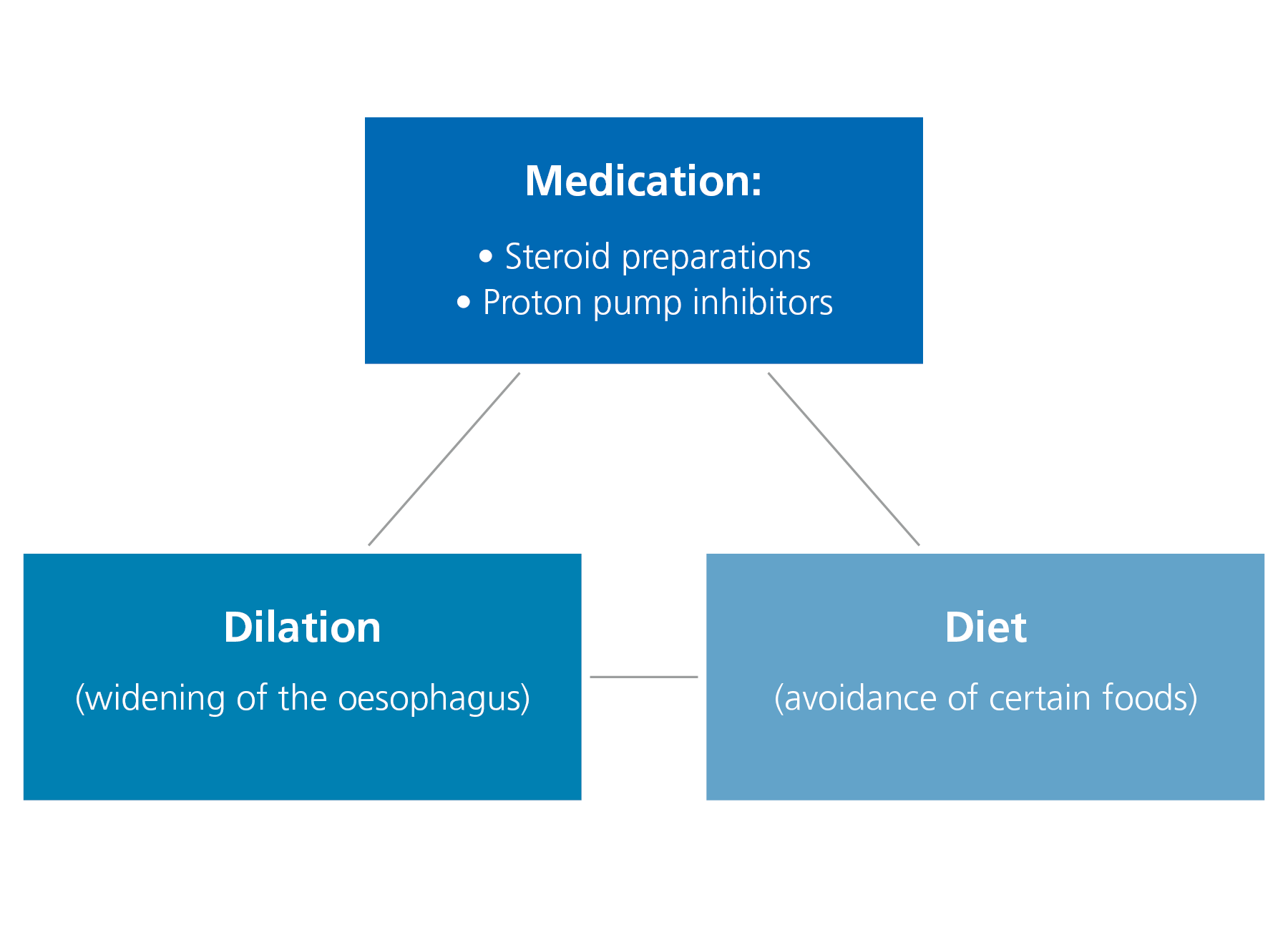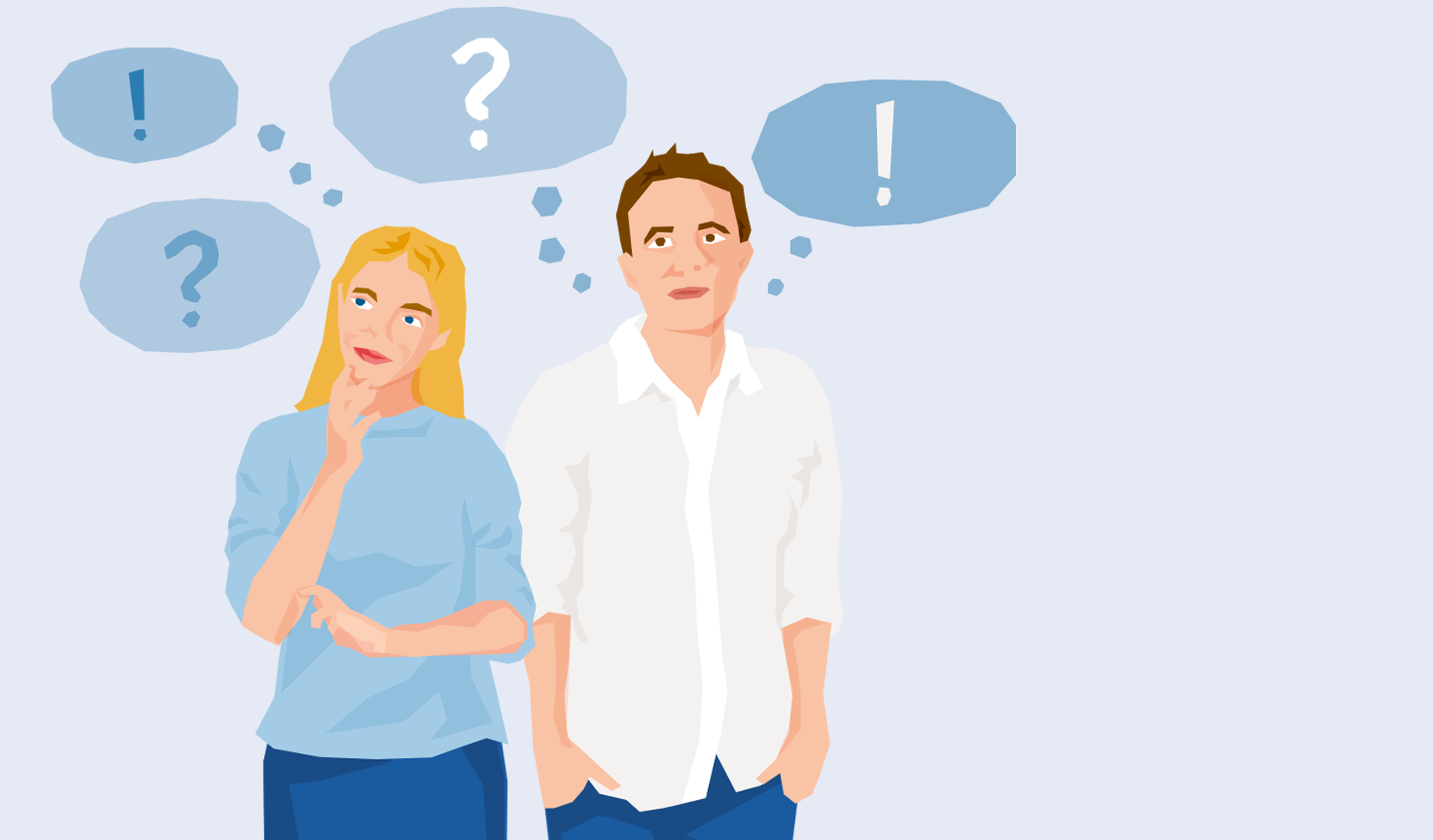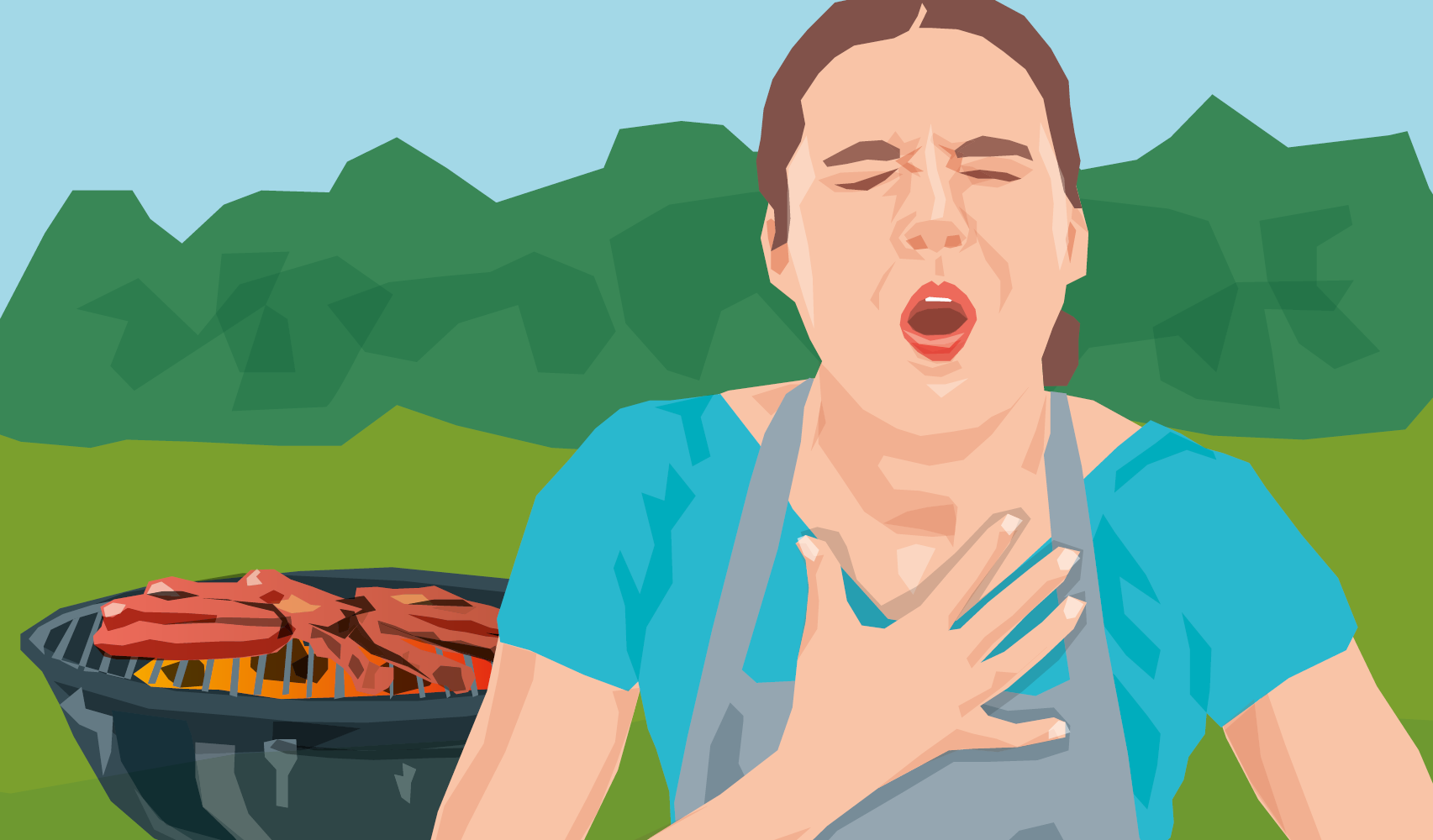SWALLOWING DIFFICULTIES:
EOSINOPHILIC OESOPHAGITIS?
INFORMATION FOR PEOPLE WITH THE CONDITION



What are the treatment options for eosinophilic oesophagitis?
There are currently three different treatment options: taking medication ([topical] corticosteroids or proton pump inhibitors), adherence to a diet that avoids certain allergens (foods that cause allergic reactions), and a procedure where the oesophagus is widened during an investigation with an endoscope (a flexible tube with image transmission). This widening of the oesophagus is also known as dilation.

The clinical picture determines which treatment is most appropriate: medication and diets are generally indicated. Dilation is only performed at the advanced stage when the oesophagus is already narrowed.
Basic therapy
Primarily, medication or diets are used. These therapies also have the advantage of minimising the high risk of potentially irreversible scarring and narrowing of the oesophagus caused by long-term untreated EoE.
Advanced disease
If EoE is diagnosed very late or the patient does not respond to medication or diets, dilation is performed in the case of severe narrowing of the oesophagus. For this purpose, the narrowed area is carefully dilated under sedation (twilight state without general anaesthesia) during an oesophageal endoscopy. Patients are usually free of pain and symptoms after two to three days. However, widening of this kind does not treat the cause of the disease, which means that symptoms may reappear at a later date and the treatment will need to be repeated.
Need for permanent treatment
Unfortunately, neither drugs nor diets are currently able to cure eosinophilic oesophagitis. If anti-inflammatory therapies are discontinued, inflammation with the corresponding symptoms usually recurs after a few months. Patients must therefore maintain close contact with their doctor, pay careful attention to symptoms, and undergo regular check-ups. Approximately six to twelve weeks after the start of treatment, the oesophagus should also be examined endoscopically and a sample taken to assess the results of therapy.
However, inflammation of the oesophagus is not always accompanied by symptoms. Mild forms of oesophageal inflammation can go completely unnoticed. This is why it is so important to combine an endoscopy with taking a biopsy sample.


